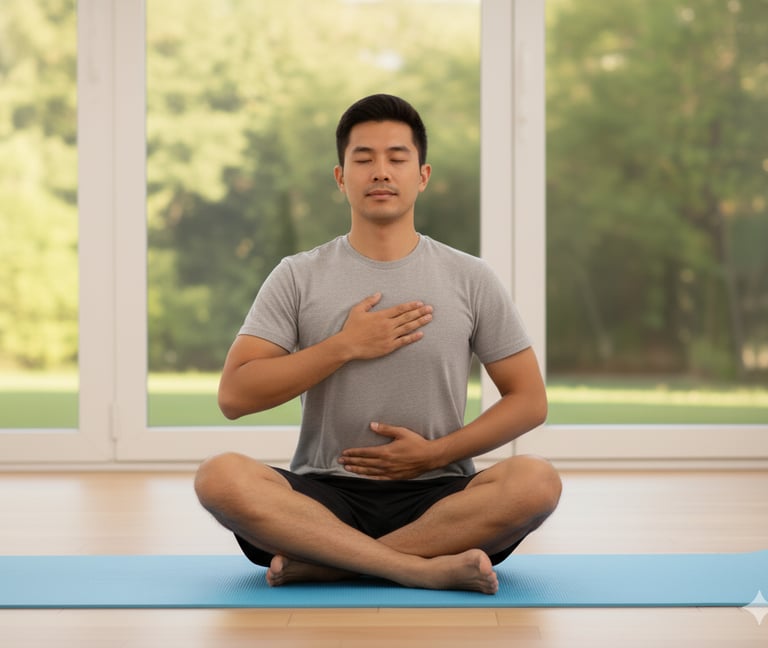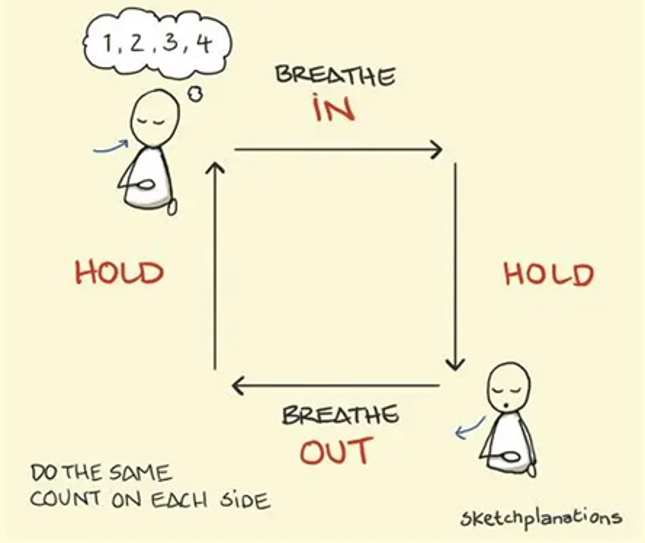Breathwork
refers to various techniques and exercises that involve the conscious, deliberate control and manipulation of your breathing pattern.
The goal of breathwork is to influence a person's mental, emotional, physical, and spiritual state, often for therapeutic, relaxation, or self-development purposes.
Key aspects of breathwork:
Conscious Control: It is the intentional changing of your natural breathing rhythm, depth, and speed.
Purpose-Driven: It is practiced to elicit a specific outcome, such as reducing stress, calming the nervous system, increasing energy, or achieving altered states of consciousness.
Diverse Origins: Practices are rooted in ancient traditions like the Indian yogic practice of Pranayama and Chinese Qigong, as well as more modern therapeutic modalities.
Breathwork primarily works by influencing the Autonomic Nervous System (ANS), which controls involuntary bodily functions:
Activates the Parasympathetic Nervous System (PNS): Slow, deep breathing (like diaphragmatic or belly breathing) sends a signal to your brain that you are safe. This activates the PNS (the "rest and digest" system), which can lead to:
Lowered heart rate and blood pressure.
Reduced stress hormone (cortisol) levels.
A greater sense of calm and relaxation.
Influences Brain State: Breathing rhythms directly impact brain arousal states. Slow, controlled breathing dampens arousal pathways, promoting calmness, while more rapid, intense breathing can increase oxygen to the brain and lead to altered states of consciousness.
Diaphragmatic Breathing (Belly Breathing)
Focusing on breathing deeply using the diaphragm (the belly expands).Relaxation, lower heart rate/blood pressure, improved lung function.
Box Breathing (Sama Vritti)
Inhaling, holding, exhaling, and holding for equal counts (e.g., 4 seconds each).Stabilizing the nervous system, focus, and reducing anxiety.




Alternate Nostril Breathing (Nadi Shodhana)
A yogic practice of inhaling through one nostril and exhaling through the other, alternating back and forth. Balancing the mind and body, and calming the nervous system.
Kapalabhāti – “skull shining breath,”
A rapid forceful exhalations, cleansing practice of respiratory system and nasal passages (normally done on the start)




